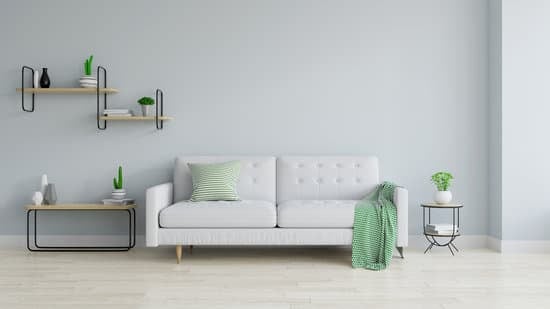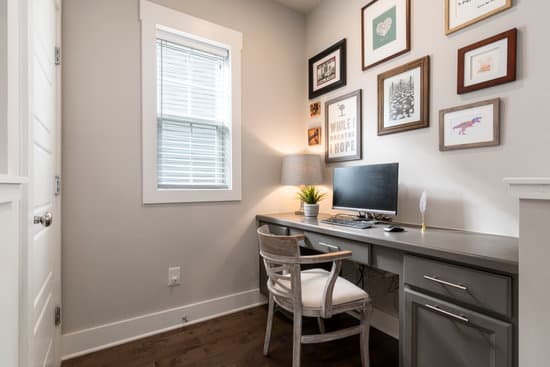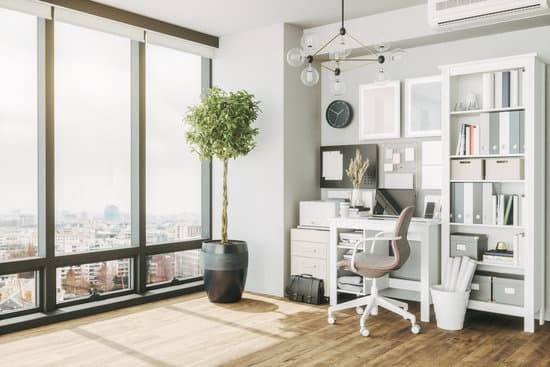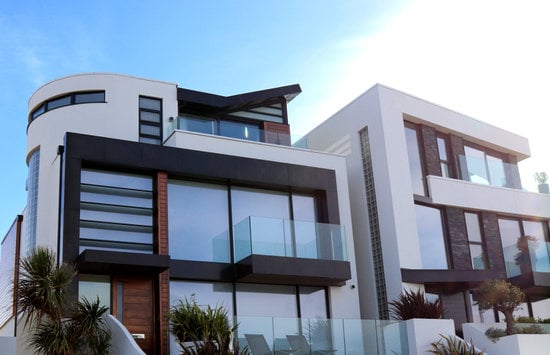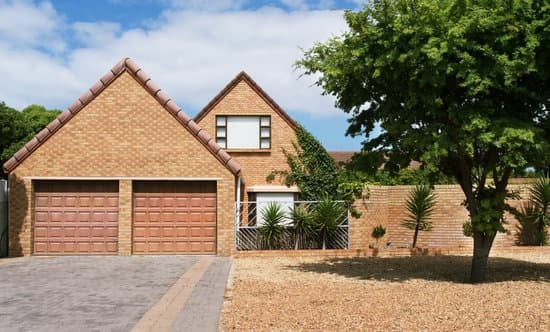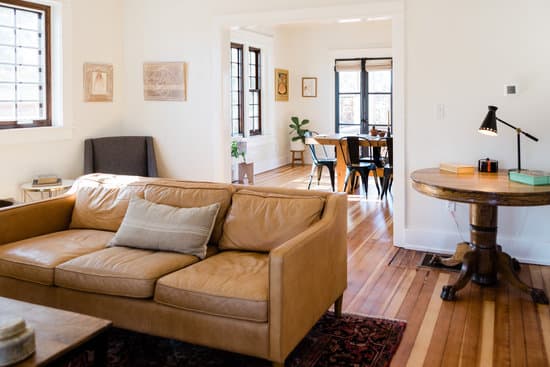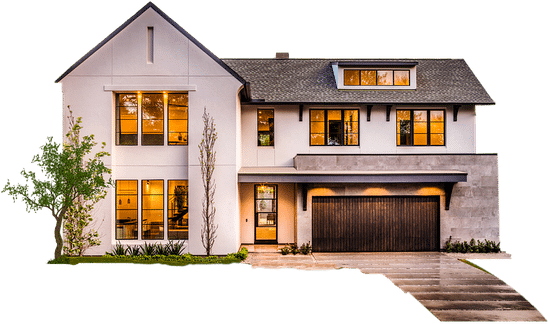When it comes to landscape design, it’s essential to understand the basic physical elements that make up a well-designed outdoor space. These elements not only help to create a visually appealing environment but also provide functionality and purpose to the space. Here are the five basic physical elements of landscape design:
Mass: This refers to the size of objects in the landscape and how they relate to one another. Mass can range from large trees to small rocks, and it helps to establish the overall structure and form of the space.
Line: Lines are used to create visual movement in a landscape. They can be straight, curved, or even spiral, and they help to guide the eye through the space. Lines can be created through the placement of plants, walkways, or hardscaping features.
Form: This refers to the three-dimensional shape of objects in the landscape. Forms can be created through the use of natural elements like trees or rocks, or through the addition of man-made elements like sculptures or water features.
Texture: Texture refers to the visual and physical properties of surfaces within the landscape. Smooth or rough, shiny or dull, all contribute to the feeling and atmosphere of the space. Plants, hardscaping materials, and furniture can all contribute to texture in a landscape.
Color: One of the most noticeable elements of any landscape is color. It can set the mood of the space, create contrast and interest, and evoke emotions. Color can be introduced through plants, hardscaping materials, and outdoor furniture.
Understanding these five basic physical elements of landscape design is key to creating a successful outdoor space. By employing mass, line, form, texture, and color, you can create an environment that is not only visually appealing but also functional and purposeful.
What are the five basic physical elements of landscape design? Your guide to crafting stunning outdoor spaces.
